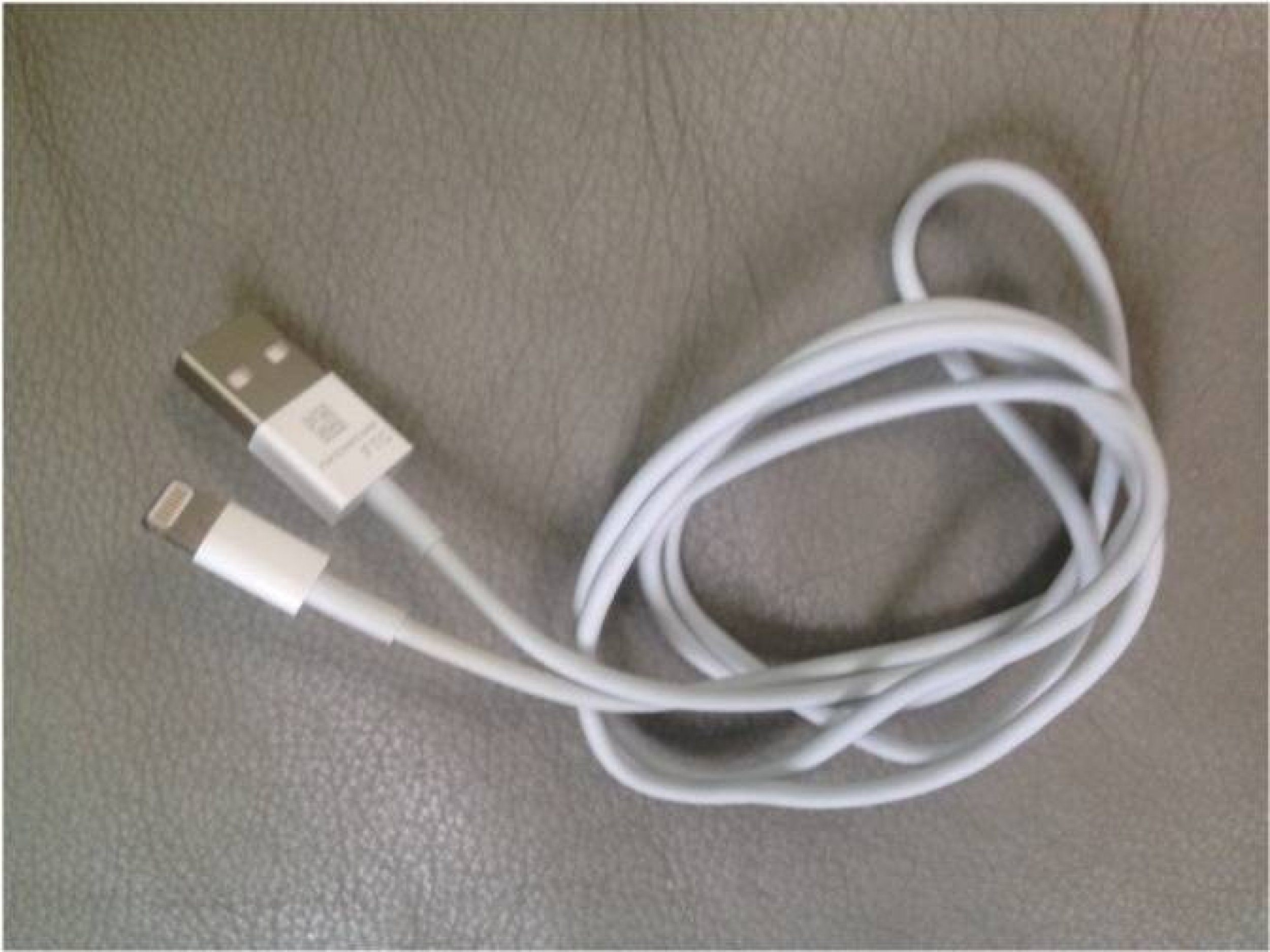Apple iPhone 5 Event Rumors: Will Thunderbolt Have Its Coming Out Party On iOS?
Apple won't discuss products before they're ready for release, but most major news outlets have reported on Apple's plans to slim down the traditional dock connector across its entire family of iOS devices, which includes iPhones, iPads and iPods, from 30 pins to 9 pins.
Reuters and the New York Times originally believed the new dock connector would be 19 pins, but in early August, 9 to 5 Mac discovered a reference to a 9-pin dock connector embedded in the code of the iOS 6 Beta 4 build, which Apple had released to developers earlier that week. These days, given the number of leaked images of the anticipated device and its accessories, we still believe the dock connector will be 9 pins.
While the number of pins is important, so is the actual shape of the connector itself. TechCrunch, which was first to "independently verify" Apple's intentions to shrink down the dock connector, noted at the time that the new "mini dock connector" was very similar to the size of the Thunderbolt port made available on many current MacBook laptops.
If by some chance this new iOS dock connector is indeed Thunderbolt-friendly, Apple will have finally, successfully made its Thunderbolt investment worthwhile.
The Case For Thunderbolt On iOS
It seems like every few years, Apple updates the iOS dock connector, forcing customers to buy new sets of accessories and wires.
For the first iPod, Apple's dock connector relied on FireWire to update the device while recharging the battery. This changed in the third-generation of iPods, which opened up compatibility for both FireWire and USB connectivity. FireWire was eventually phased out as the iPod evolved and video was added.
The 30-pin ports, which are now found in most iPhones, iPads and iPods, allow for simultaneous uploading and downloading of data and multimedia. If Apple is changing its dock connector again, there must be a very good reason for it.
With fewer pins, the dock connector will definitely be smaller and slimmer, but knowing Apple, there is likely a more legitimate reason for the design change. Considering how the current iOS devices (iPhone 4S, new iPad) are big drains on battery life and constantly need plugging in to recharge, sync and update, it would be smart if Apple gave its dock connector the ability to perform these activities more efficiently.
Thunderbolt would be a perfect way to accomplish all of these everyday tasks at a much better pace for the customer.
Thunderbolt, which was originally developed by Intel and brought to market by Apple in 2011, combines DisplayPort and PCI Express into an interface that can support a daisy chain of up to seven different Thunderbolt devices.
In a speed test, Ars Technica found Thunderbolt smokes the competition. Thunderbolt can post a whopping 10 Gbps in simultaneous bidirectional communication, which is 20 times faster than the theoretical limit of USB 2.0, 12 times faster than FireWire 800, and twice as fast as USB 3.0. Ars Technica sums up why this is important for devices like the iPhone and iPad:
"The combination of a compact, inexpensive controller with the tiny Mini DisplayPort makes Thunderbolt particularly suited to mobile computing. In particular, thin and light ultraportable laptops like the MacBook Air and Sony Vaio S series could connect to a high-performance audio controller for recording, a RAID for nearly instantaneous backups, and an external HD monitor-all from a single port."
Not only is Thunderbolt faster than all other popular connectivity options, but it's also highly compatible with older accessories. Following WWDC 2012, Apple released two adapters for Thunderbolt: one for gigabit Ethernet, and one for FireWire.
Clearly, Apple is pushing the envelope with Thunderbolt on the Mac, but only iOS could take Thunderbolt where it needs to go.
Apple wants customers to buy Thunderbolt products; problem is, since the connector is limited to the Mac, most customers can get around having to buy Thunderbolt connectors and accessories. It may be a faster and superior connection, but it serves little purpose on the Mac, which is a far more stationary platform than iOS.
People want to be able to quickly charge and sync their iPhones, iPads, and iPods, and go. The 30-pin connectors take between four to eight hours to get to a full charge, depending on the device. If future Apple devices plan to be anything like the new iPad, they need better charging apparatuses. Hopefully, the new 9-pin dock connector will be a better tool for more efficient connections to power sources and accessories, because if a user is staying in one spot as their device is charging, that device -- whether it's a smartphone or a tablet -- ceases to be "mobile."
We'll keep an eye out for the new dock connector, whether or not it's Thunderbolt or possibly Magsafe, at Wednesday's event in San Francisco. Apple CEO Tim Cook is expected to take the stage at the Yerba Buena Center for the Arts at roughly 10 a.m. PST (1 p.m. EST) on Wednesday, Sept. 12. There, we are expecting Apple to introduce a new iPhone, new iPod models, Mac computer upgrades, and an all-new "iPad Mini."

© Copyright IBTimes 2024. All rights reserved.





















